Durian /Durio/ is a genus of tropical tree, which is distributed mainly in the southeastern parts of Asia. the fruits are large, thorny and very rich in vitamins in minerals. The mature fruit can reach up to 4 kg. On the bottom side, the leaves are silver or golden yellow. Many call durian the king of fruits, because it is a rare and very expensive delicacy. The word "durian" comes from the Malay word "duri" - "thorn."
The large fruit has a creamy golden color of the flesh and the outside is prickly. In Thailand and several countries in Asia, it is considered the most adorable fruit that has a wonderful taste. There are more than 200 varieties of durian, but the most famous in Thailand Gahn-yao with the long stem, Mon-tong elongated and Cha-nee, which has an irregular shape.
The colors of durian are light yellow and dissolve in less than 24 hours. The only disadvantage of this exotic fruit is extremely sharp and unpleasant odor. Traveler Richard Stirling defines the smell of the fruit as a mixture of turpentine, onions and pig feces.
Because of its pungent odor, it is forbidden for transportation in buses, planes and public transport in some Asian countries. It grows in hot and humid climates. Fruits ripen slowly - for about 4-5 months. The harvest occurs when already mature, like pears, it falls to the ground.

Composition of durian
Durian is rich in sugar, vitamin C, potassium, carbohydrates, tryptophan, protein and fat. 100 g durian contains 1 g protein 27 g carbohydrates, 147 calories and 5 grams of fat.
Selecting and storing durian
Durian is an exotic fruit that is available in the months from April to July. You can find it in the larger food chains. Keep in mind that the fruit can grow up to 30 cm in diameter and weigh up to 4 kg.
The fruit itself is covered with a thick skin with thorns. Depending on the type of color of the coat, it changes from green to brown, and the core - a light yellow to red.
Culinary uses of Durian
The taste of durian is a little strange to Europeans - likened to a mixture of garlic, onion and cheese. This does not bother the locals of Thailand or their animals / especially elephants who eat their sweet litter of ground fruits /.
Durian is used as a spice in many Thai dishes, with rice, coconut milk or filling in various baked goods. In Western cuisine, the fruit is added to flavor mousses, ice creams, cakes and pies. The seeds of durian are also eaten because they are very rich in minerals and protein.
However, they must undergo heat treatment. To this day, in Thailand the skin of the fruit is used to decorate the different tissues.
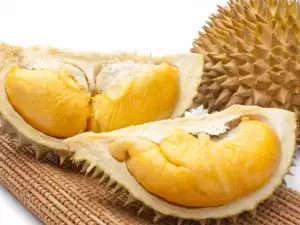
You can eat durian raw, seasoned with salt and pepper. It is added to sweets and candy.
Benefits of Durian
Durian is a fruit with high nutritional value. It is often recommended as an effective source of raw fat, but at the same time should not be consumed too much due to the large amount of fatty acids it contains.
Some studies show that Durian has a beneficial effect on detoxification of the body. According to some scientists it is a good aphrodisiac. Durian is rich in estrogen and can increase female fertility.
In Malaysia, they have used a decoction of the roots and leaves of the plant as a means to reduce high temperature - the juice of them is rubbed on the head of the patient. In countries where it is grown, people believe that Durian warms the body and if you eat it before sleeping, a blanket will not be needed.
Durian cleans the lungs and airways. Despite a number of its useful qualities, Durian should not be consumed by pregnant women or people with high blood pressure.
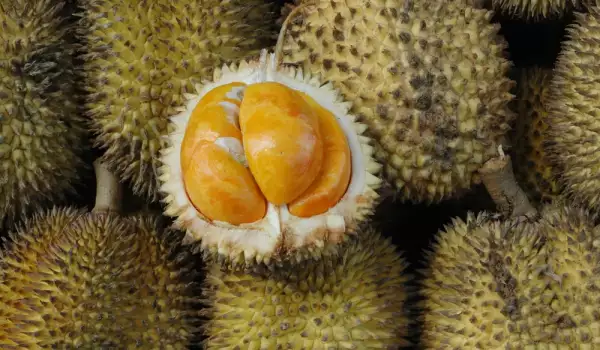

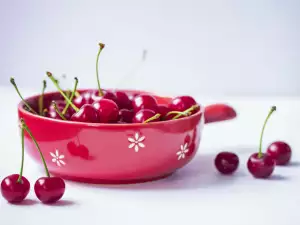

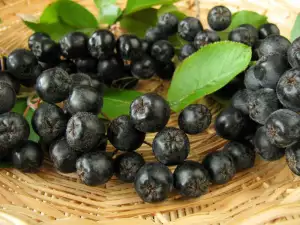
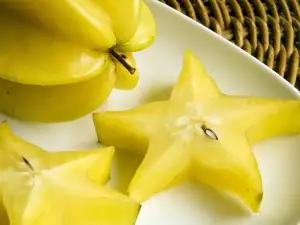
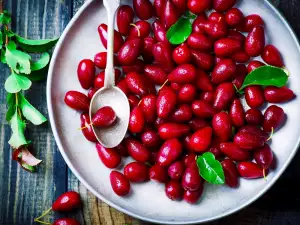
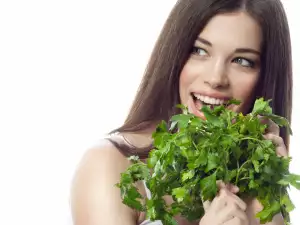








Comments